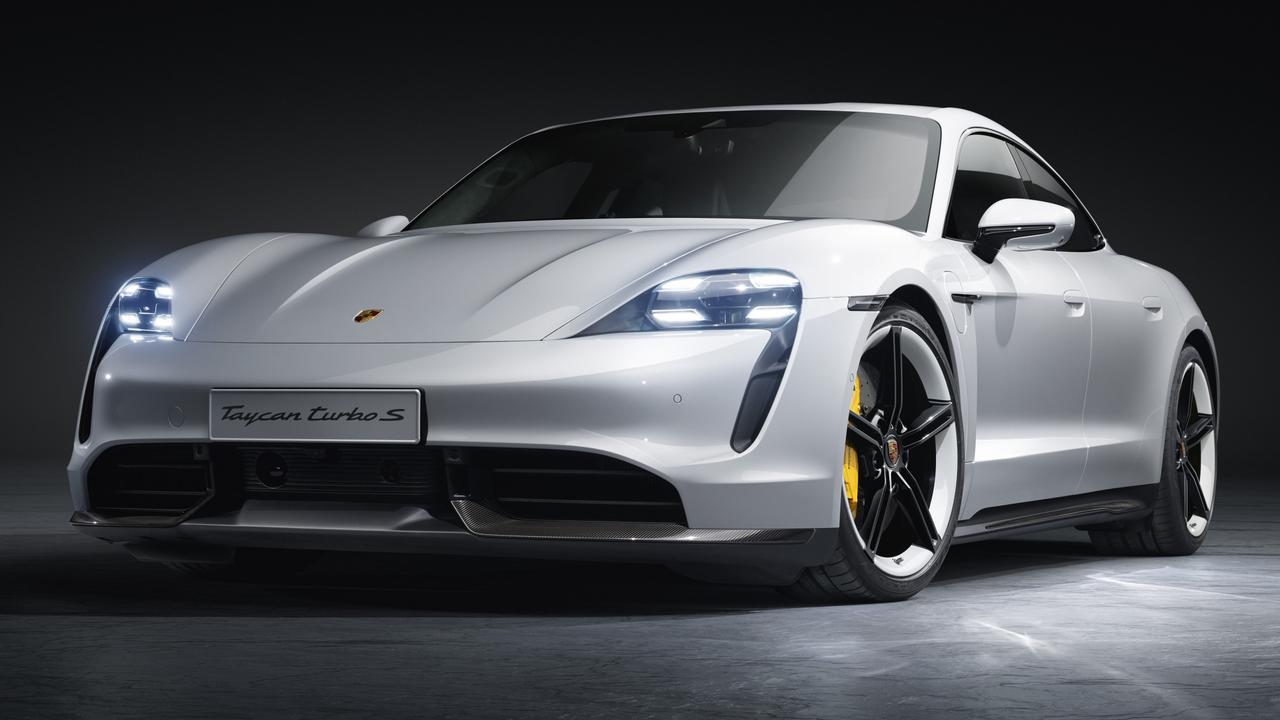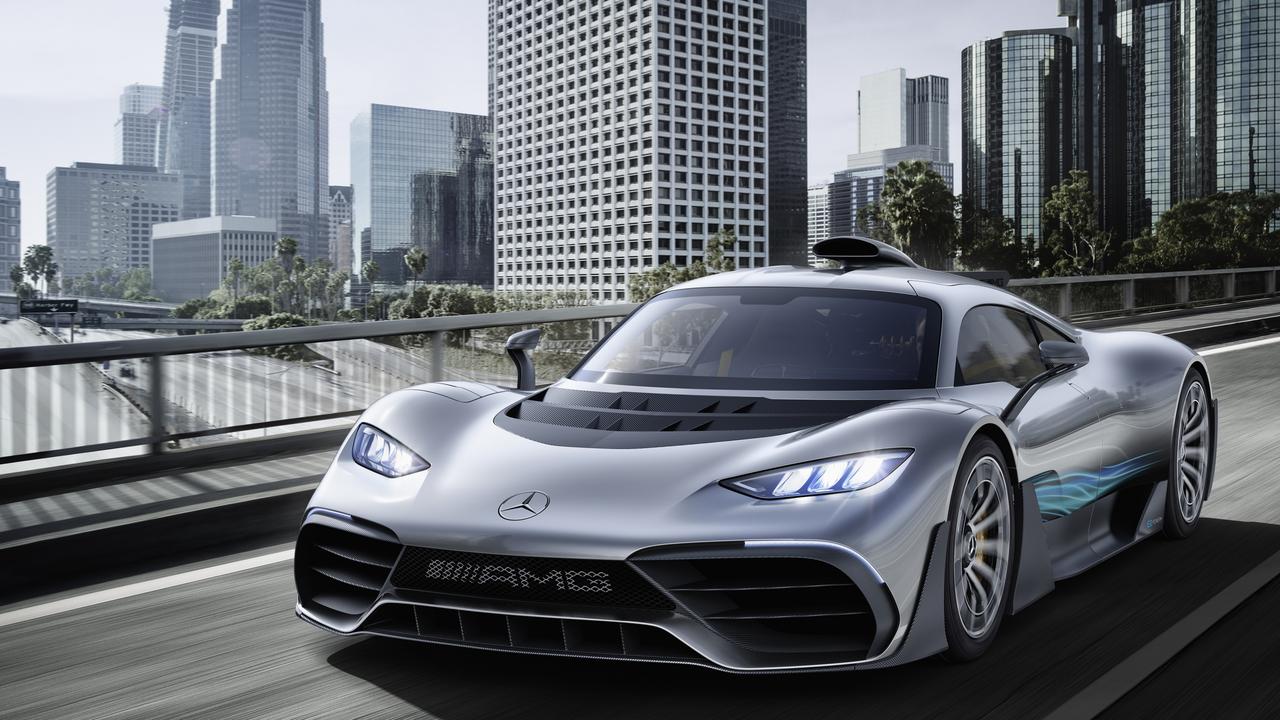The revival of Australia’s manufacturing industry is focused on building the future
Local car production is experiencing a manufacturing revival, with 40,000 still working in the industry.
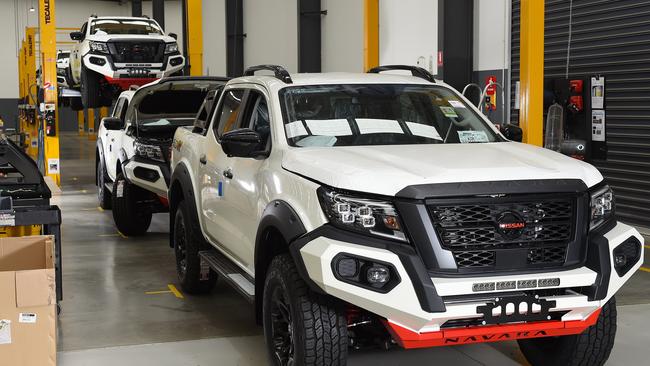
Just over five years since major production lines in South Australia and Victoria ground to a halt, local car production is experiencing a manufacturing renaissance, partly driven by a move to electric vehicle technology.
Many of the 40,000 people – a number tallied by a 2014 Productivity Commission inquiry report – who faced job losses during the 2017 closures, which involved the Big Three (Toyota, Holden and Ford), are now part of this industrial reinvention.
Lennie Cucksey was a Holden production engineer by trade but has been a car enthusiast all his life.
ELECTRIC VEHICLES SPECIAL REPORT
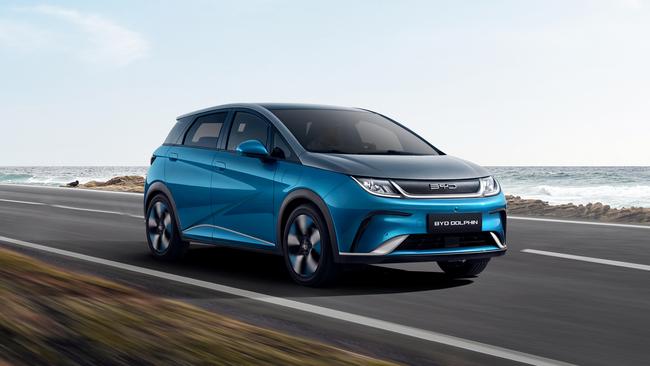
EVs get backing in Labor’s federal budget
The 2023 federal budget has been a landmark win for electric vehicle industry in Australia, but lobbyists say there is more to be done.

Cars get cheaper as key costs fall Cheaper cars as costs fall
The cost to buy an electric vehicle is beginning to come down, making EVs more accessible than ever, but what does this mean automotive brands?
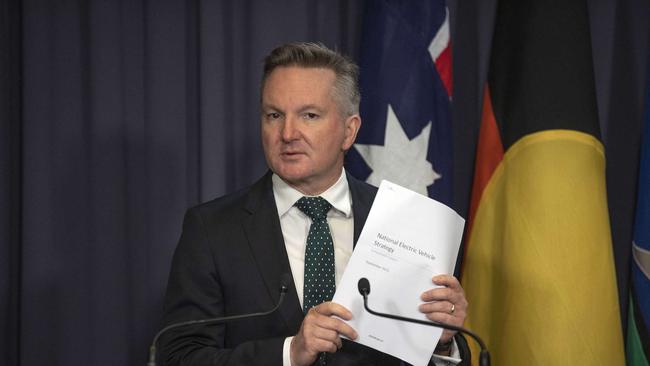
Infrastructure a big budget winner
The 2023 budget included a huge win for EV infrastructure, with a national fast-charging network and an investment in alternative fuels on the forefront.

EVs are getting bigger and better
Large SUVs are loved by families around Australia, and the electric SUV market is expected to explode in response.
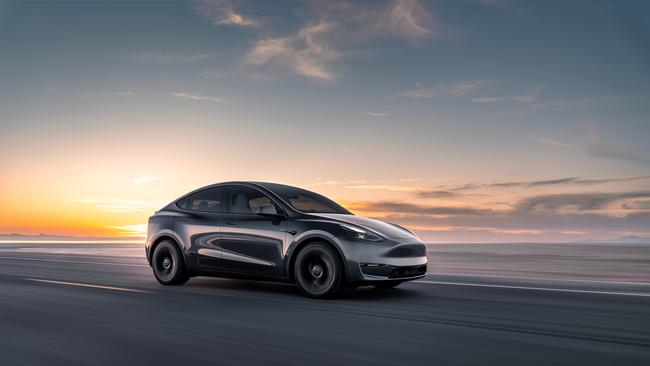
Luxury sits up high as sales boom
Electric vehicles are quickly becoming the favourite of the luxury buyer with 158 per cent boom in sales in the first quarter of the year.

Haters gonna hate but the market won’t stop moving
The electric vehicle market continues to boom, despite the naysayers.
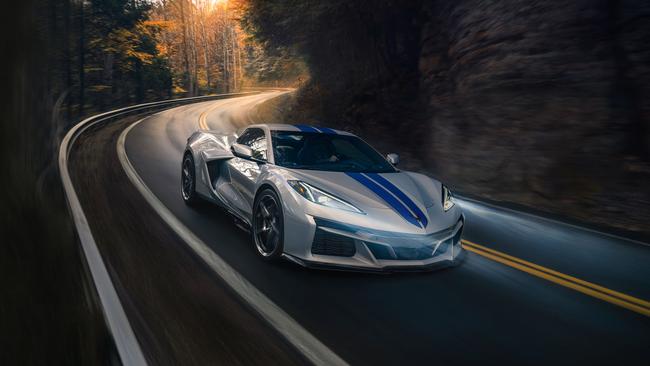
How EVs are changing sports cars
Electric motors are defining the world of sports cars, with acceleration speeds that rival the likes of Formula One.

Audi gets room to grow with new platform
Audi’s Premium Platform Electric (PPE) will support Audi to release 10 new EVs in two years as they move towards phasing out internal-combustion engines in 2027.

The ultimate buy guide for EVs
The world of EVs is expanding so quickly it can be hard to keep up, so here’s what to look for when buying an electric vehicle.
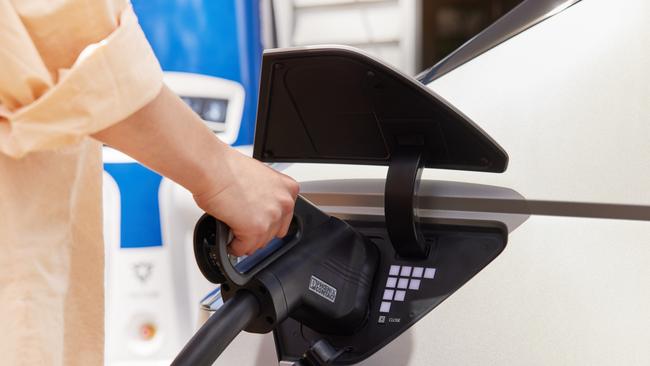
The eight must-know EV facts
EVs can make motoring simpler, but there is a learning curve that it pays to get on top of. Here are eight things you may not know about electric cars.

New laws to stop ‘ICE-blocking’
‘ICE-blocking’, parking a combustion-engined car in an electric-vehicle charging spot, will soon land you in hot water with states across Australia introducing huge fines.

Holiday hotspots due for a jolt
State governments are pouring hundreds of millions into EV infrastructure, it’s about time they look towards the holiday hotspots that are being inundated with EV owners.

Tesla downloads new revenue model in over-the-air upgrades
Tesla rolls out a new model that allows owners to buy upgrades directly from their vehicle’s centre dash screen in a bid to increase revenue.

Would this EV tempt to you buy a Saab again?
Saab is back. Well, as NEVS, and they’re returning with a stunning electric concept car, The Emily GT but they need investors to bring it to life.

Can battery metals be sourced sustainably?
What are the environmental costs behind sourcing the metals for the batteries that power our electric vehicles?

Oil use down as EVs rise
New research from the International Energy Agency has found that demand for oil is down as EVs become the driving force behind the new global energy economy.

Are EVs really cleaner? It depends where you live
Are electric vehicles really the answer to the rising CO2 rates? Or are they not as clean as we thought? Well it depends where you live.

‘Blade’ battery to cut range anxiety
Development of EV batteries is advancing everyday, with batteries capable of more than 1000km of driving on a single charge soon to be hitting the roads.

Does hard driving mean hard wearing?
If you love driving hard and fast, your next supercar should be an EV, as electric motors are designed to last the life of the vehicle.
He left Holden to join a Queensland-based EV start-up company called Roev.
“Once you’ve been bitten by the bug and been involved in the production of vehicles, it’s really hard to shake it,” he says.
“It’s very, very complicated to explain but it’s kind of like a very beautifully executed dance.
“At the end of it, you just go: ‘Wow, we did that, it wasn’t easy but we did that, and it’s amazing.’”
For a country with tiny scales of production compared to the rest of the world, keeping the industry viable was always a tough task.
But that environment has shaped skills re-emerging at companies like Walkinshaw Engineering in Clayton, Victoria, and Premcar, an engineering-driven company based on the Prodrive model in the UK.
Walkinshaw cleverly read the room as Australia’s ute-buying appetites changed and sales of the Thai-built Toyota HiLux and Ford Ranger – now the biggest selling vehicles in the country – went through the roof.
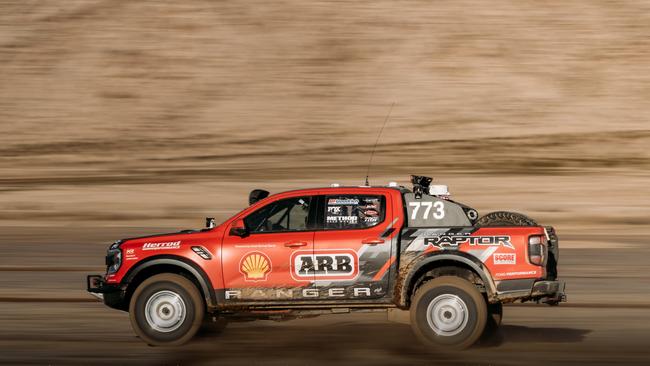
Re-engineering the big Dodge RAM trucks to right-hand drive provided proof of engineering proficiency at Walkinshaw and soon other car makers began knocking on the door.
Walkinshaw built more cars last year – including its core left-to-right-hand drive RAM truck business and its high-performance variant of the VW Amarok ute – than Holden Special Vehicles did in its heyday.
Premcar, which began with offline niche vehicles such as the XR6, XR8 and LPG-powered Falcons under the Ford Performance Vehicles (FPV) banner, now is fettling the hulking Bushmaster for defence supplier Thales and has a raft of ex-Ford engineers and product specialists within its ranks.
When local manufacturing ended, although Premcar lost its biggest client, it quick-stepped into niche automotive work of a different kind.
Engineering director Bernie Quinn says Premcar had to reinvent itself to survive.
“I strongly believe that Australian automotive engineers are among the best in the world, and [are] professional problem-solvers,” he says.
As a result, the demand for experienced Australian engineers, particularly those with automotive experience, is now at a premium.
Toyota’s decision to make Walkinshaw its production centre for the new full-sized Tundra 3.5-litre twin turbo hybrid pick-up late this year caught many industry commentators by surprise, as the Japanese giant is fiercely protective of its brand and rarely, if ever, “outsources”.
Toyota will bring 300 Tundras across from the US this year, together with a team of Japanese and US-based engineers, to allow Walkinshaw to fully refine its left-to-right-hand drive conversions. Details are still secret, but the business case – what the Tundras can be sold for, and the potential size of the market here – clearly makes good business sense, or it simply wouldn’t happen.
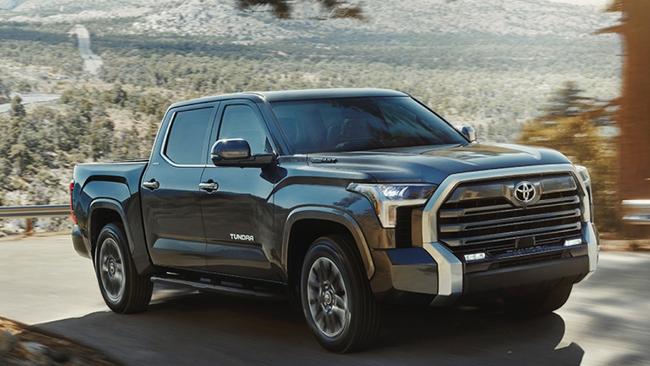
This project will also involve an extensive local engineering and evaluation program, the biggest that Walkinshaw has ever undertaken.
“This is a dedicated re-engineering program, led by Toyota Australia and made possible by our global partners and is closely supported by our parent company and Toyota North America,” Toyota Australia’s vice-president of sales, Sean Hanley says.
While there will always be a huge market for manufacturers engaged in the “cookie-cutter” approach to car building where building at scale generates big profits, there’s ever-growing wriggle room for the niche approach, in the clever, adaptable Australian way of doing much with very little.
“It bothers me that the last big Australian plan around how we can play in the automotive space was focused on the global,” Cucksley says.
“It [the global car plan] was released at the same time that Tesla first released its [EV] roadster.
“And look at what and where we could have been now if we were engaged in building the future then, rather than building the past.”

